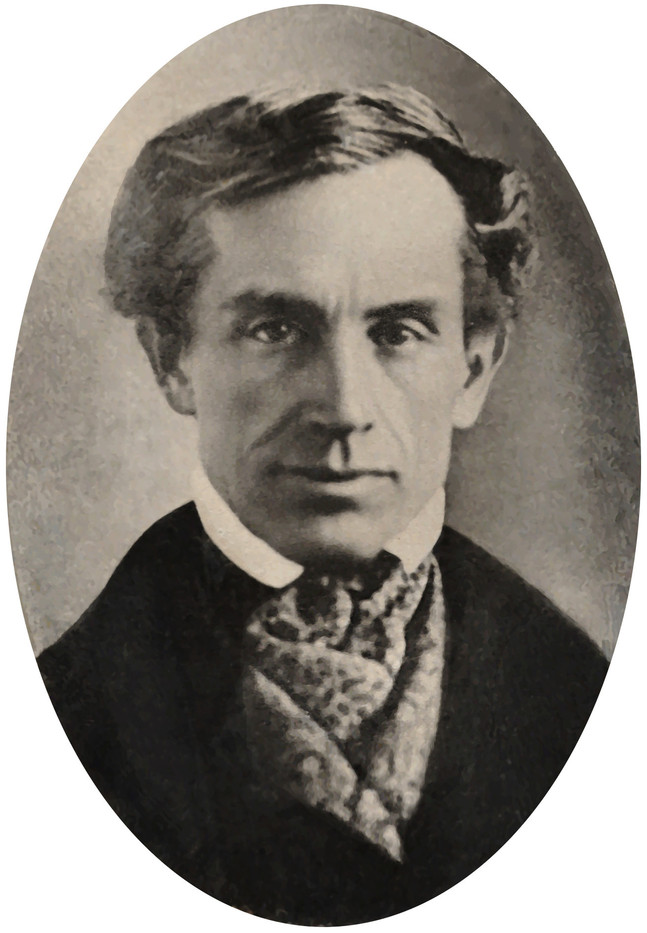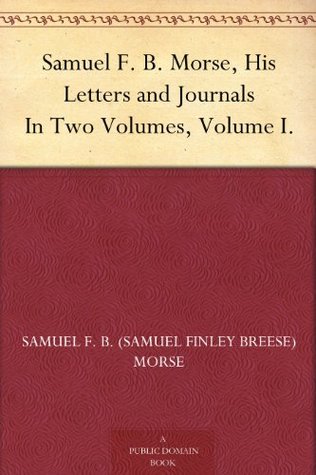Samuel Morse

Samuel Finley Breese Morse (April 27, 1791 – April 2, 1872) was an American painter who turned inventor. After having established his reputation as a portrait painter, in his middle age Morse contributed to the invention of a single-wire telegraph system based on European telegraphs. He was a co-developer of the Morse code, and helped to develop the commercial use of telegraphy.
Morse was a leader in the anti-Catholic and anti-immigration movement of the mid-19th century. In 1836, he ran unsuccessfully for mayor of New York under the anti-immigrant Nativist Party's banner, receiving only 1496 votes. When Morse visited Rome, he allegedly refused to take his hat off in the presence of the Pope.
Morse worked to unite Protestants against Catholic institutions (including schools), wanted to forbid Catholics from holding public office, and promoted changing immigration laws to limit immigration from Catholic countries. On this topic, he wrote, "We must first stop the leak in the ship through which muddy waters from without threaten to sink us."
He wrote numerous letters to the New York Observer (his brother Sidney was the editor at the time) urging people to fight the perceived Catholic menace. These were widely reprinted in other newspapers. Among other claims, he believed that the Austrian government and Catholic aid organizations were subsidizing Catholic immigration to the United States in order to gain control of the country.
In the 1850s, Morse became well known as a defender of slavery, considering it to be sanctioned by God. This was a position held by many Southerners and others. In his treatise "An Argument on the Ethical Position of Slavery," he wrote:
"My creed on the subject of slavery is short. Slavery per se is not sin. It is a social condition ordained from the beginning of the world for the wisest purposes, benevolent and disciplinary, by Divine Wisdom."
Despite honors and financial awards received from foreign countries there was no such recognition in the U.S. until he neared the end of his life, when on June 10, 1871 a bronze statue of Samuel Morse was unveiled in Central Park, New York City. An engraved portrait of Morse appeared on the reverse side of the United States two-dollar bill silver certificate series of 1896. He was depicted along with Robert Fulton. An example can be seen on the website of the Federal Reserve Bank of San Francisco's website in their "American Currency Exhibit":
A blue plaque was erected to commemorate him at 141 Cleveland Street, London, where he lived from 1812 to 1815.
On April 1, 2012, Google announced the release of "Gmail Tap", an April Fools' Day joke that allowed users to use Morse Code to send text from their mobile phones. Morse's great-great-grandnephew Reed Morse—a Google engineer—was instrumental in the prank, which became a real product.

